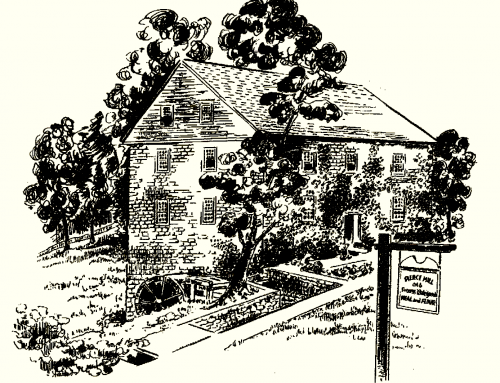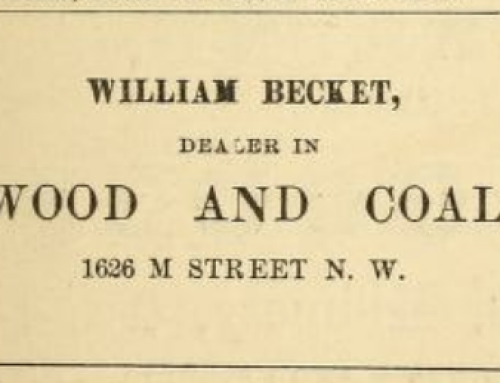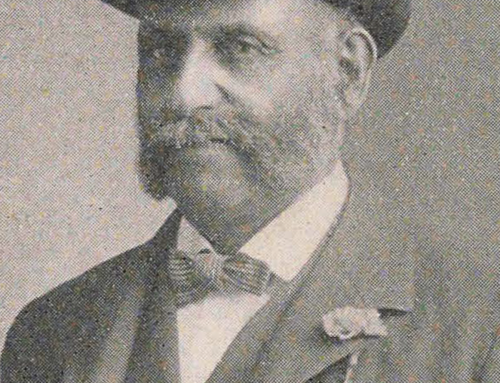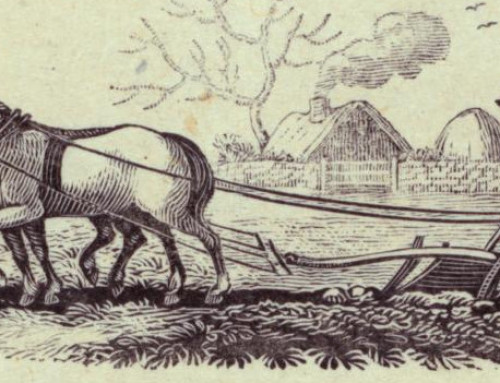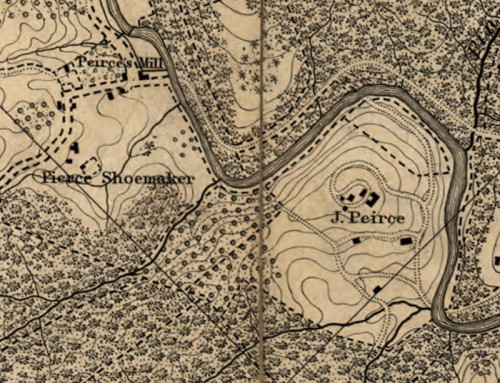Titian Ramsay Peale’s First Attempt at Photography: Peirce Mill, 1855
On September 26, 1855, artist and naturalist Titian Ramsay Peale set up a camera near Peirce Mill. He was experimenting with the revolutionary new medium of photography, invented less than twenty years earlier. Peale placed his camera beside the banks of Rock Creek to capture the pastoral landscape around the old gristmill. On that sunny September morning, Peale created his first photograph–and the first known photograph of Peirce Mill.
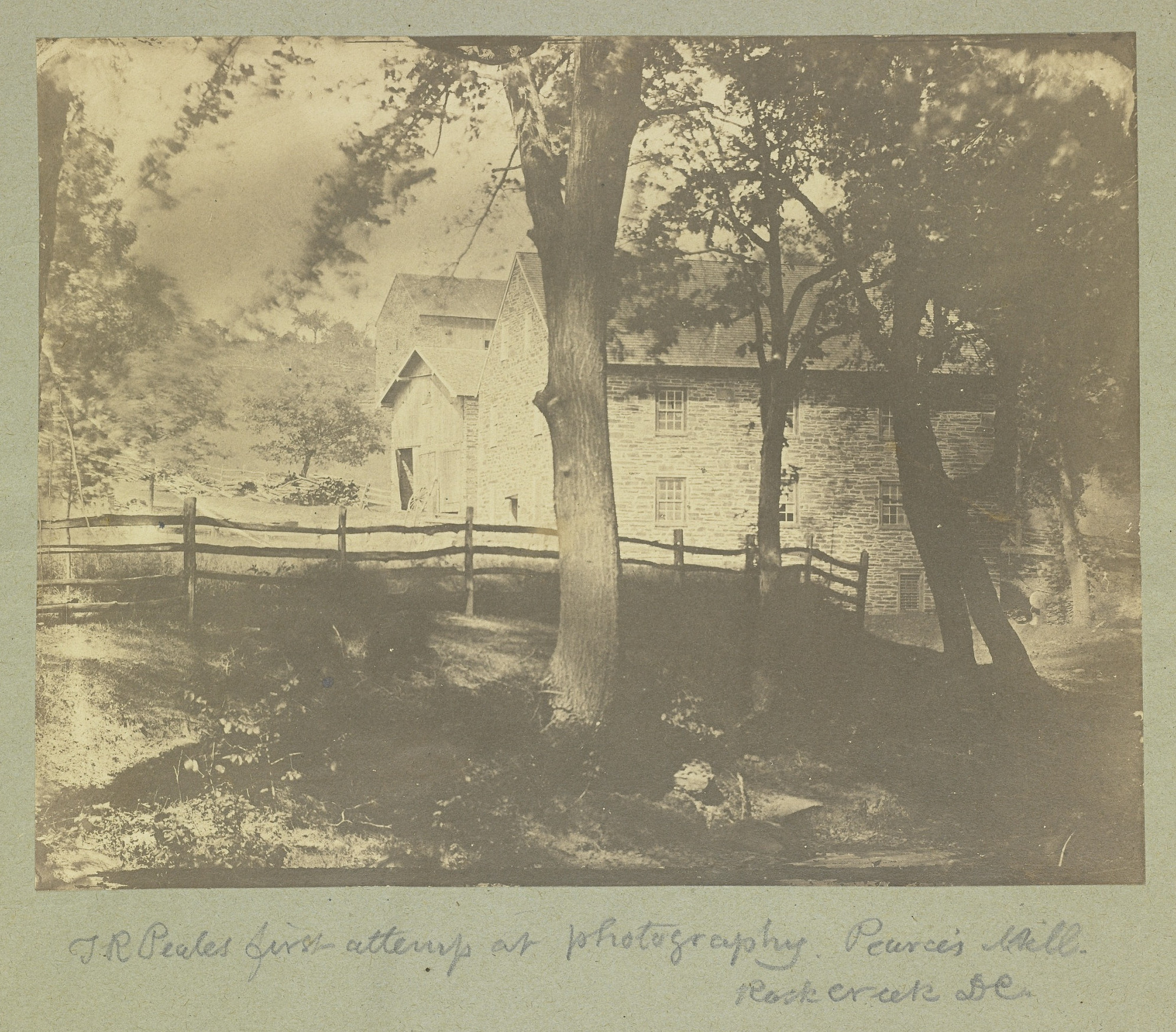
Peale eventually printed his photograph of Peirce Mill on salt paper and placed it in an album. A penciled caption describes the image as “TR Peales first attempt(t) at photography Pearce’s (sic) Mill Rock Creek DC.”
Peale was almost fifty-six years old when he came to Peirce Mill to try his hand at photography. Born in Philadelphia in 1899, he was the youngest son of the celebrated painter and scientist Charles Wilson Peale. Like many in his famous family, Titian Ramsay Peale enjoyed a life of artistic and academic pursuits. As a younger man he served as a naturalist on scientific expeditions. By 1855 he’d found a comfortable post at the United States Patent Office–a job that afforded him enough free time to explore Washington with a camera.
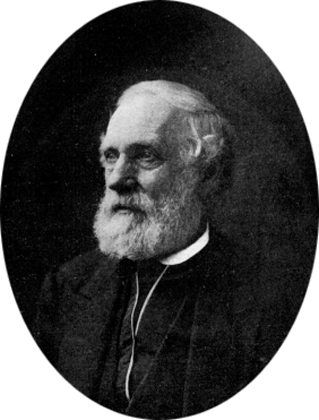
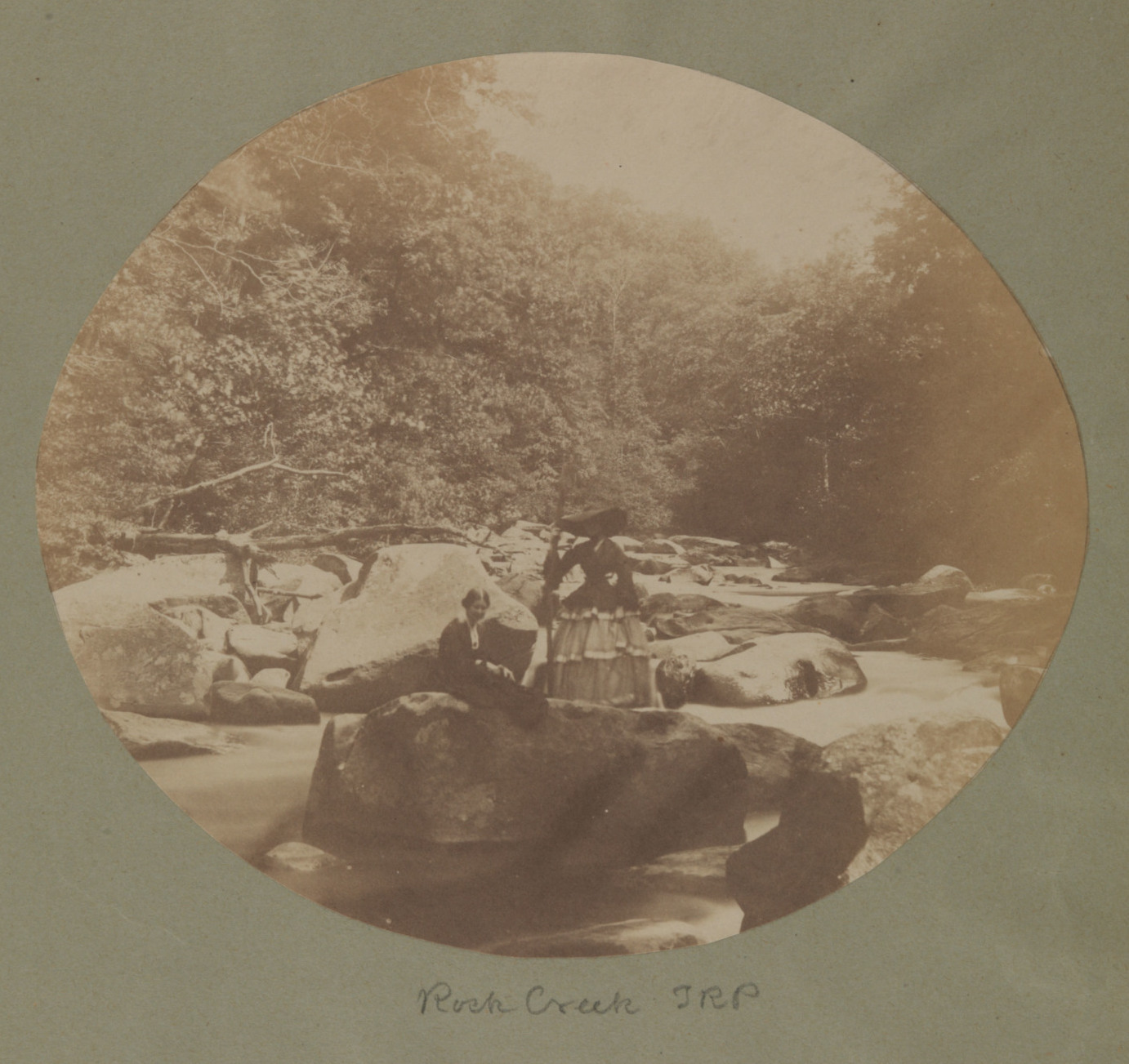
For the next decade, Peale continued to experiment with the new medium, and he photographed many Washington buildings and landmarks. He returned to Rock Creek in 1857 to take this photograph of two women–one in an elaborately tiered skirt–posing on large boulders midstream.
Peale’s work provides a valuable early record of life in the nation’s capital. And his photograph of Peirce Mill is a powerful visual testament to life in rural Washington before the Civil War, when approximately twenty men, women, and children were enslaved by Peirce Shoemaker on a sprawling estate that included the grist mill and carriage barn. There are no people in Peale’s photograph, but there are glimpses of life at the Peirce estate. A round sharpening stone sits in the grass near the waterwheel, as if someone was just honing tools.
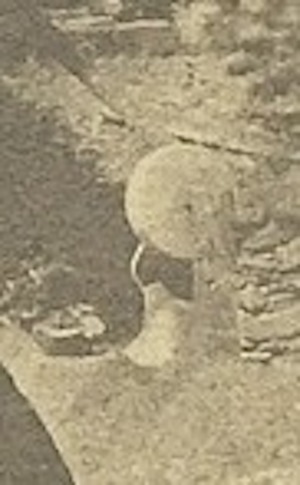
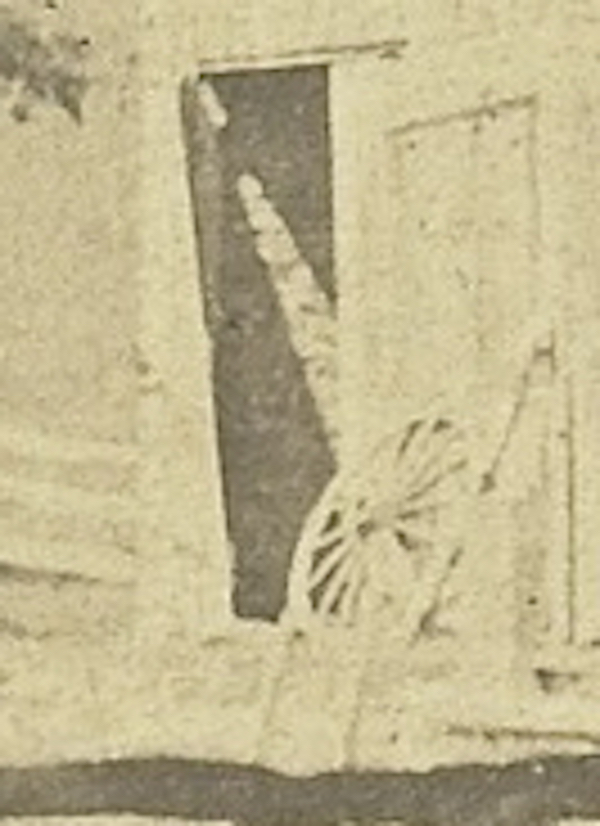
Up at the carriage barn, a wagon wheel leans beside an open door, perhaps awaiting repair. A beam of light illuminates a narrow wedge of the stone wall inside the barn, but reveals no more.
Lumber has been stacked beside a fence–a reminder that the Peirces also owned a sawmill. The much larger cow barn sits up on a hill beyond the carriage barn.
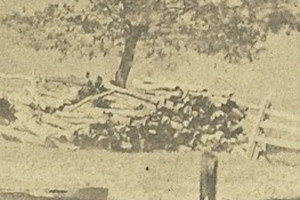
The cow barn is long gone. But almost 168 years after Titian Ramsay Peale’s first experiment with photography, the gristmill and carriage barn still stand beside Rock Creek–and still serve as important reminders of Washington’s past.
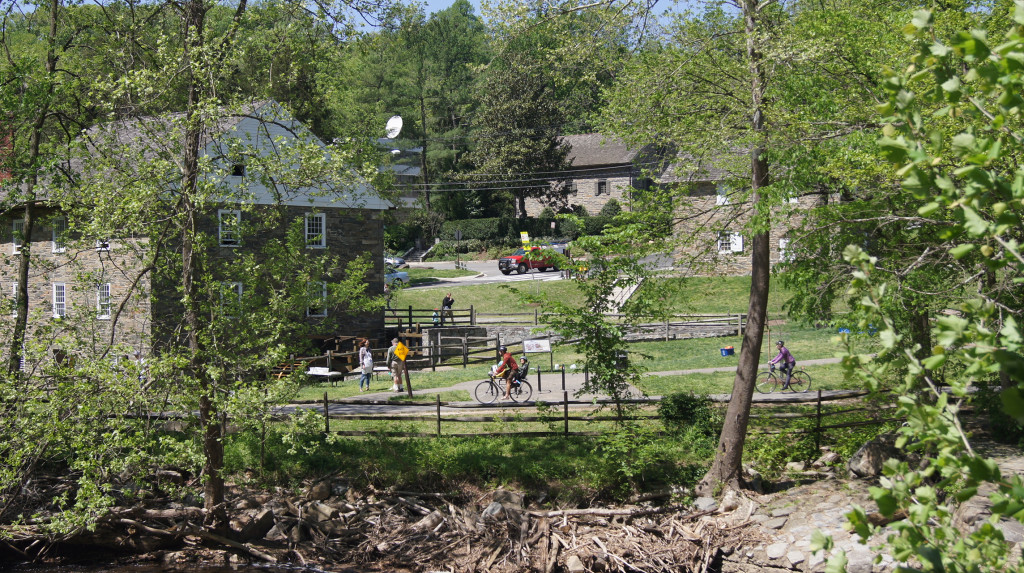
Titian Ramsay Peale’s photographs of Peirce Mill and Rock Creek are in the collection of the National Museum of American History.

